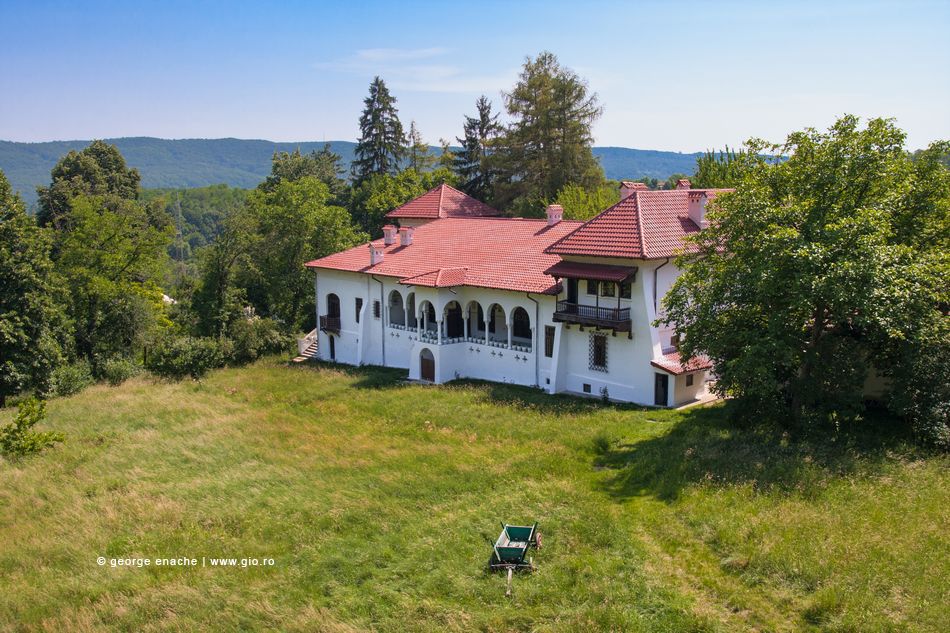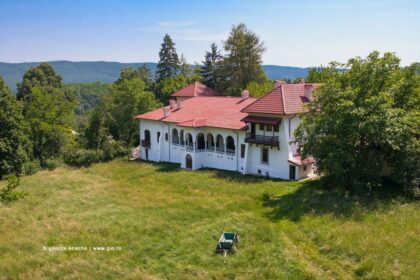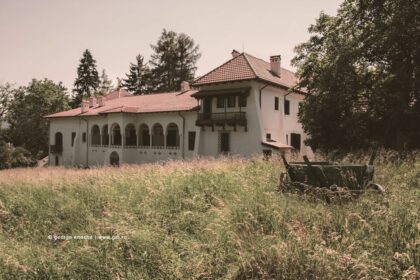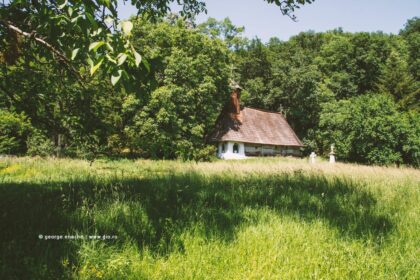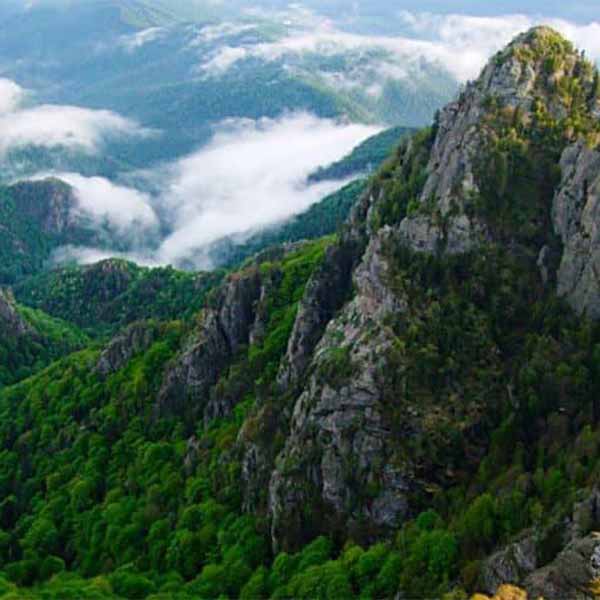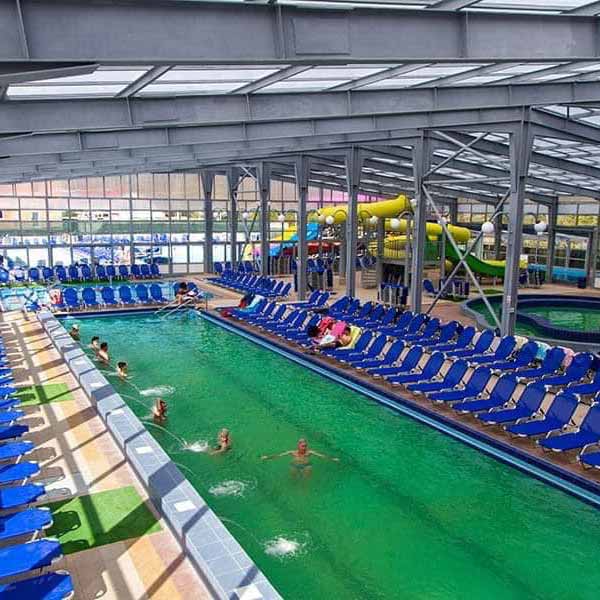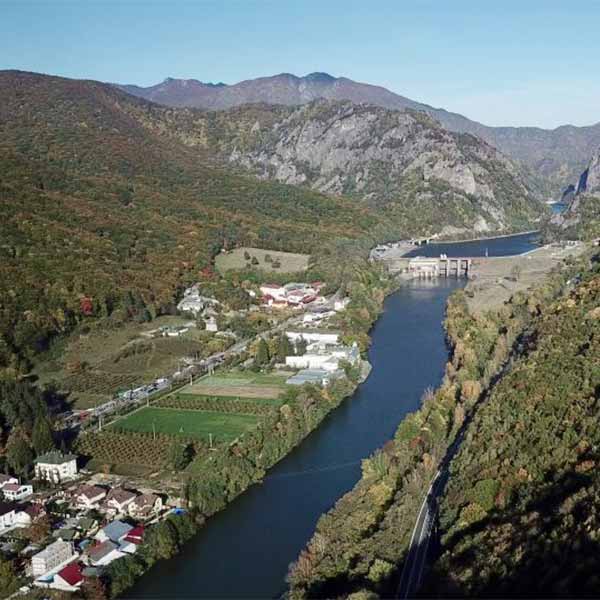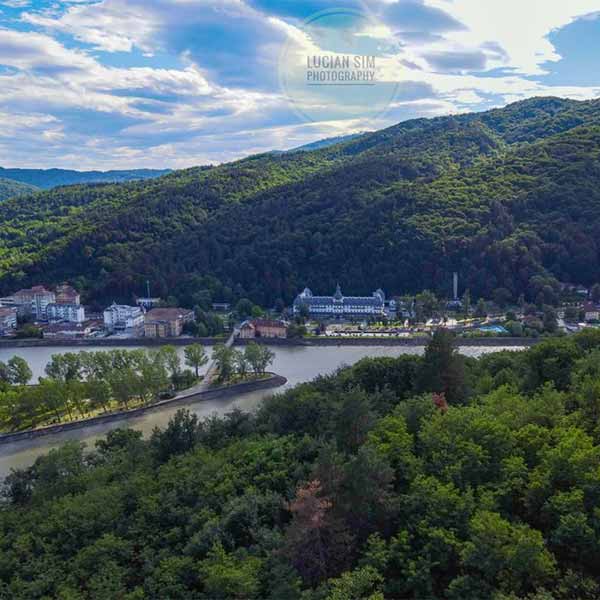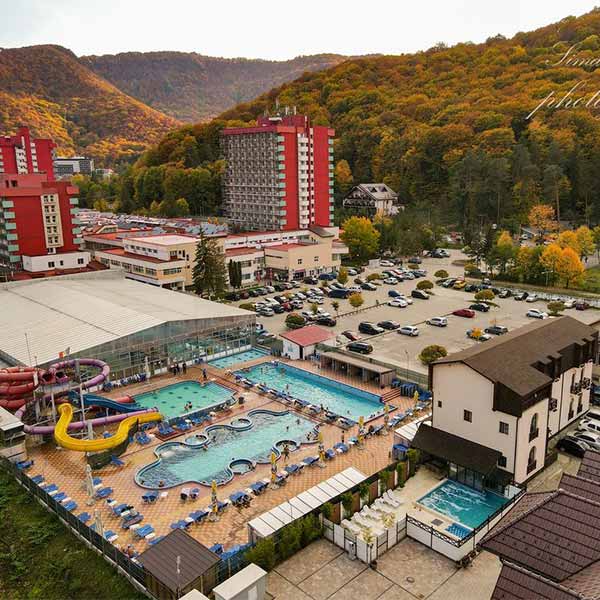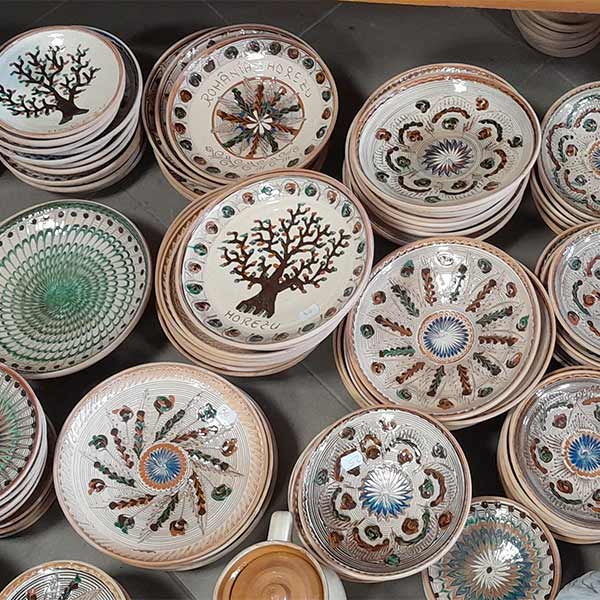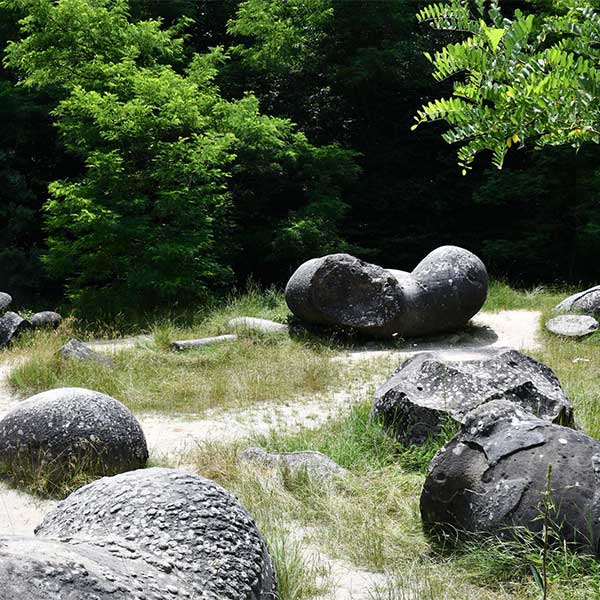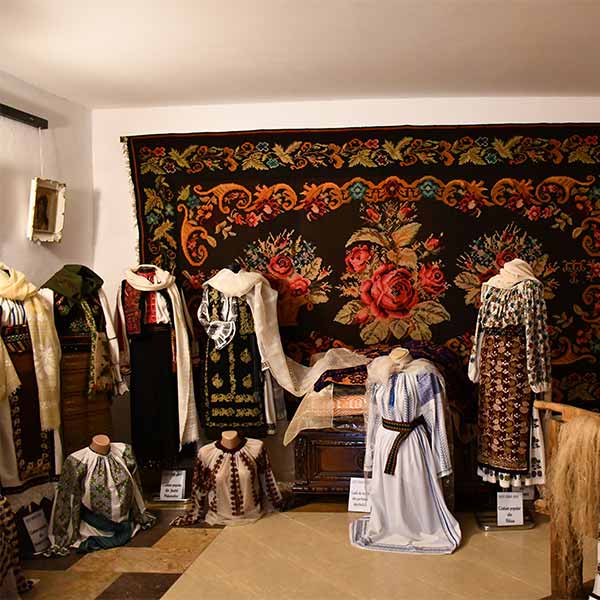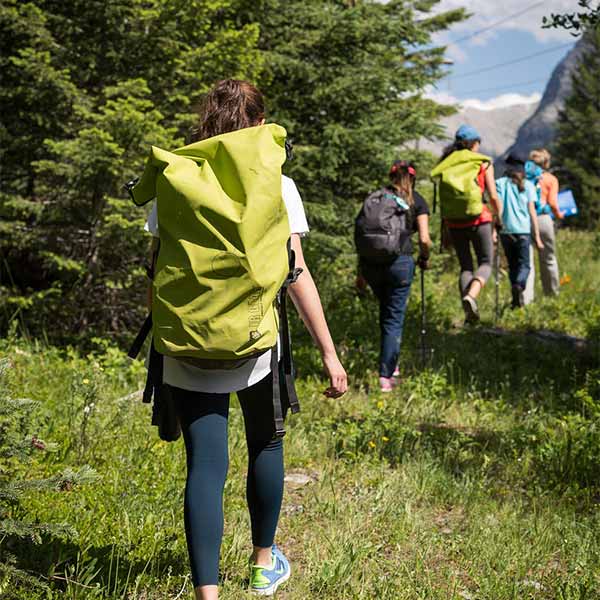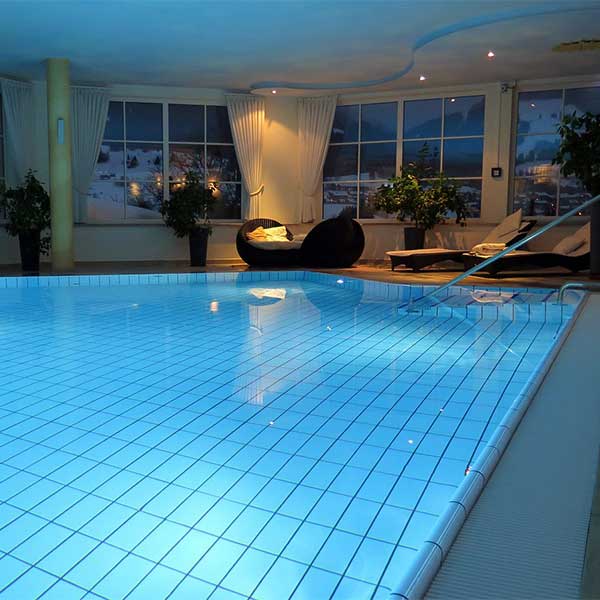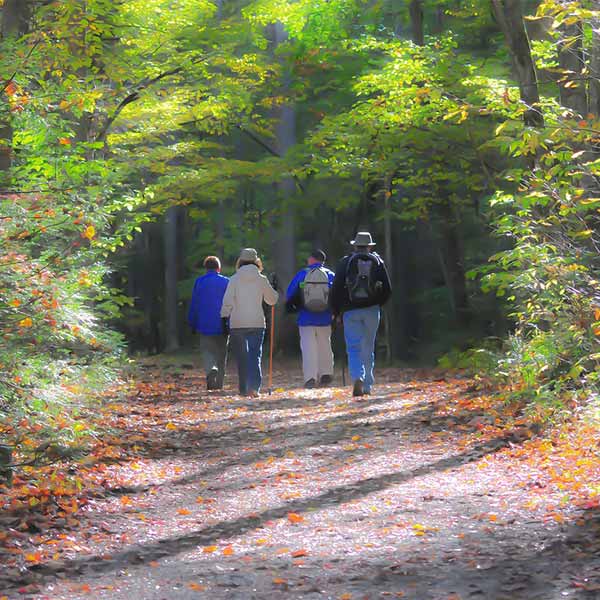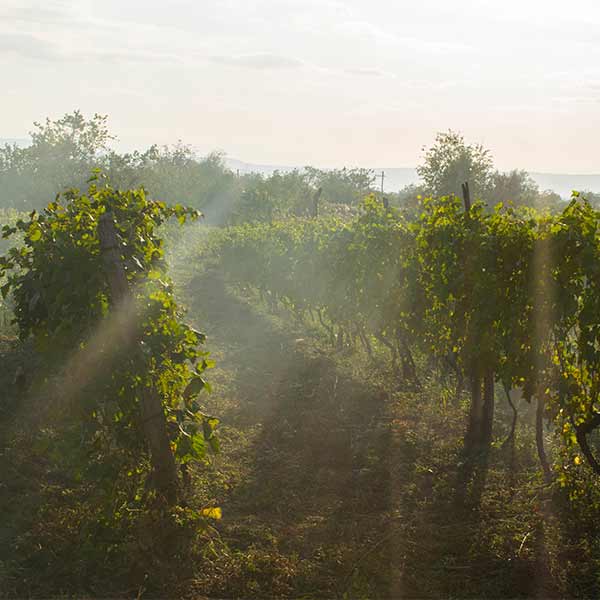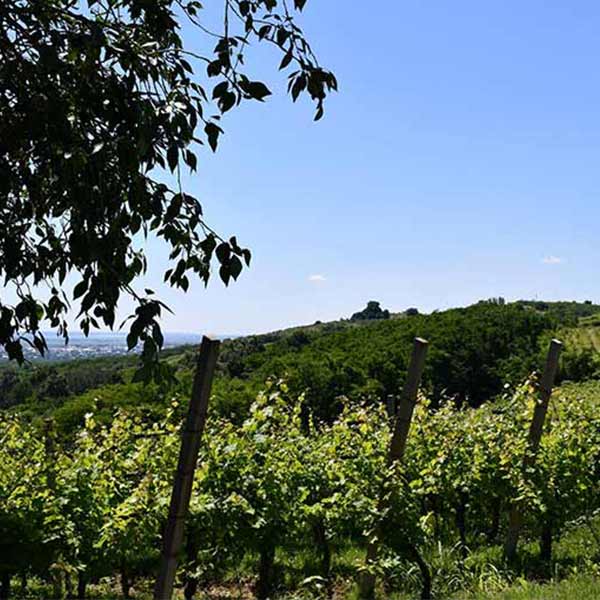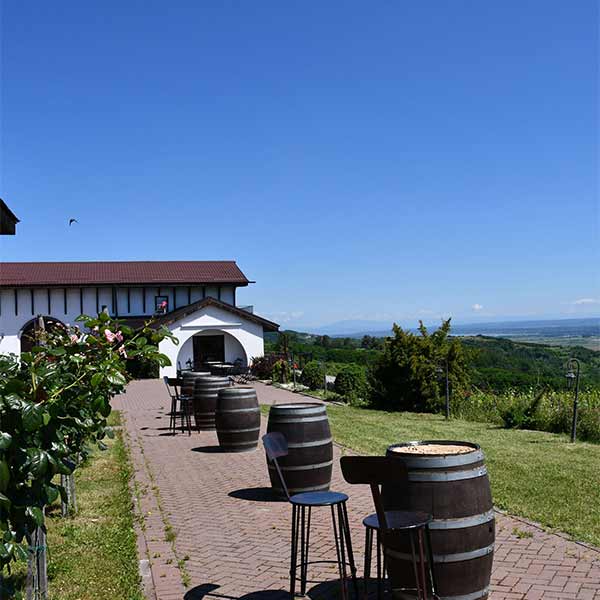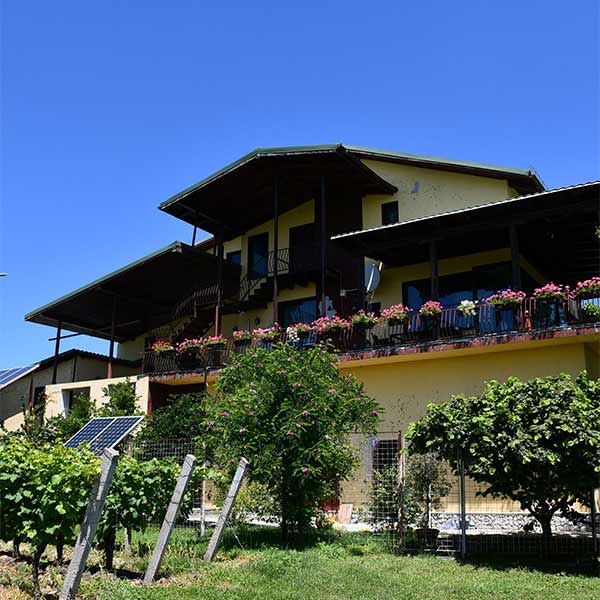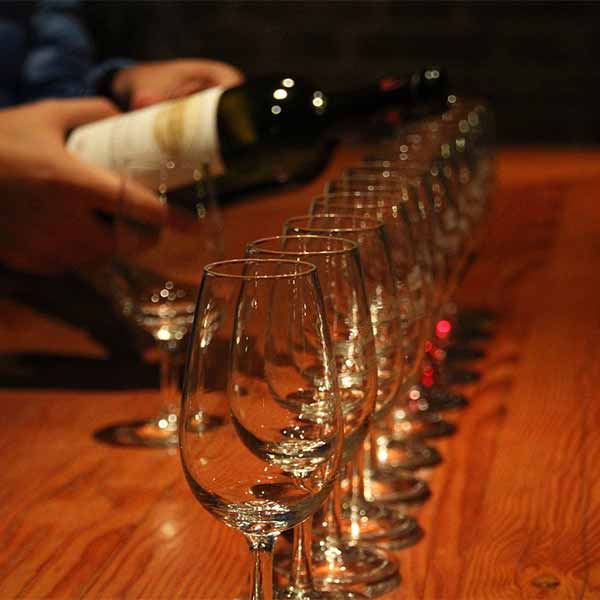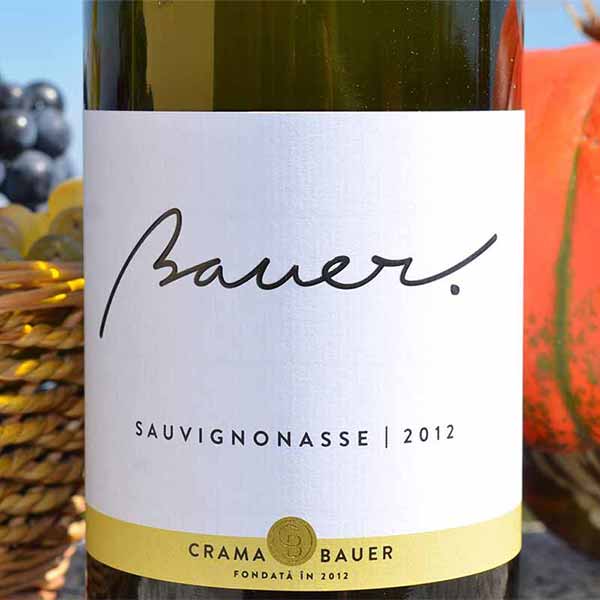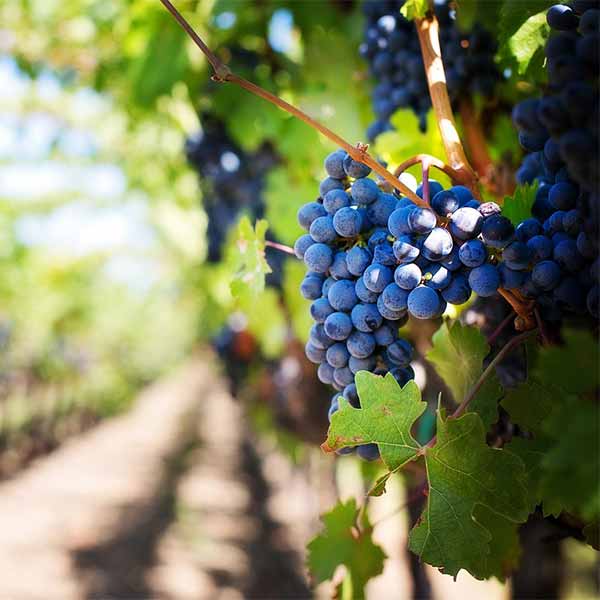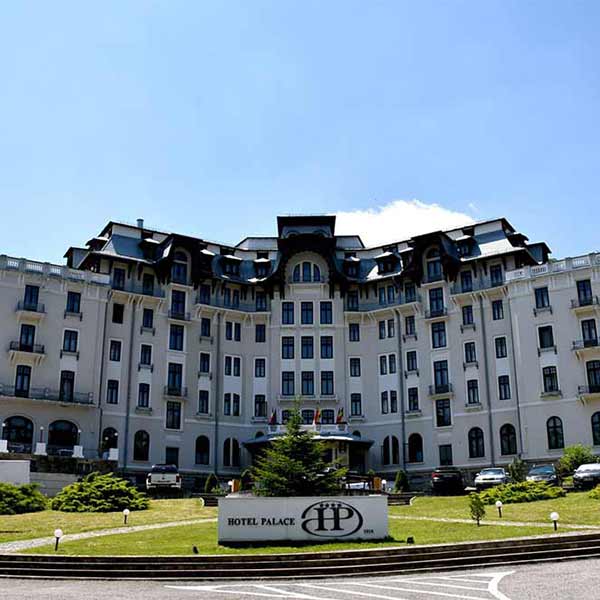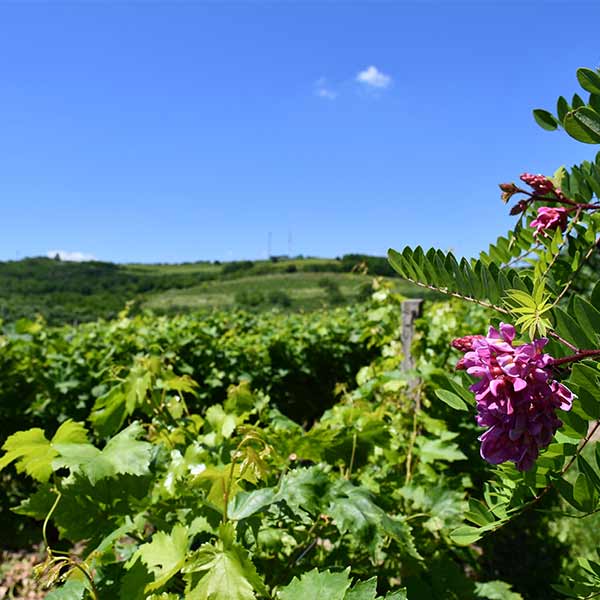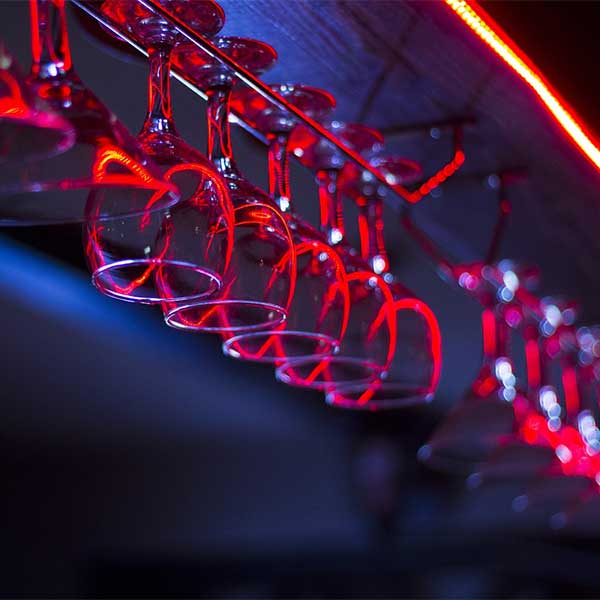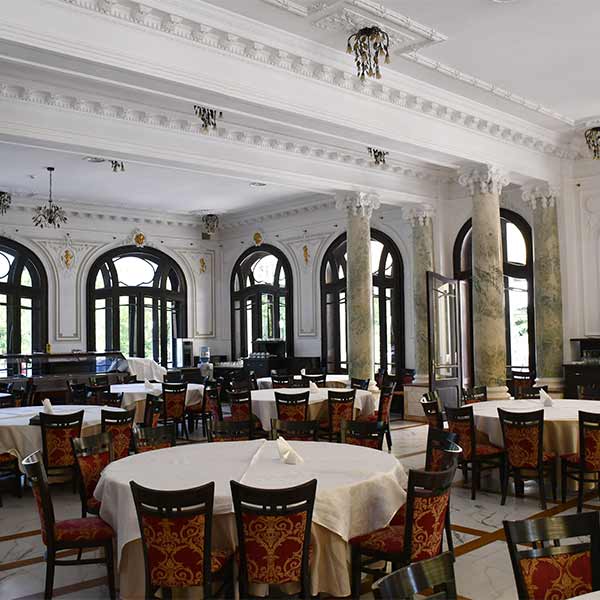
Museum “Nicolae Bălcescu”
Museum “Nicolae Bălcescu”
In 1968, on Topologului Valley, in the village where the family of the great revolutionary, historian and patriot traces its roots, a museum dedicated to his memory was opened in the building that in 1948 Radu Mandrea donated to the state in honour of Nicolae Balcescu to be “a place of remembrance and study”.
It is a Bohemian mansion built in the Brancovenesc style with Gothic influences, with a surface of more than 600 m2, whose construction, in several stages, began in 1824 and was completed in 1937. The museum, after having been subordinated to the County Museum of History of Valcea, became a separate institution with legal personality in 1991.
| Schedule: | Temporarily closed |
|---|---|
| Monday to Sunday | 8:00 – 16:00 |
The collections of the Nicolae Bălcescu Memorial include over 15,000 cultural and heritage items, decorative art, Biedermayer furniture, paintings, an archive of inestimable cultural value, memories of Nicolae Bălcescu and his family, being an open book to the knowledge of the most authentic representative of a generation that identified itself to the point of fusion with its people whom it served with complete dedication not only of soul but also of life. The 11 rooms of the basic exhibition were divided into two parts: in the first part of the exhibition, the Balcești mansion was set up, where the atmosphere of the period is recreated with the help of elegant furniture, Oltene carpets, ceramics from Corbi or Curtea de Argeș, and family paintings.
In the literary salon, dining room, Zinca’s bedroom or in the offices, one can admire Biedermayer furniture, Venetian mirrors, painted ceramics, wrought iron chandeliers, Zinca Balcescu’s pots and pans, those of her brothers Costache, Nicolae, Maria and Barbu, or of her descendants Zoe Mandrea and Radu Mandrea, photographs of family members including Bonifaciu Florescu, Nicolae’s descendant from a relationship with Alexandra Florescu.
The splendid Rhenish cauldron stoves rebuilt in 1937 at the workshops in Văcărești after Radu Mandrea’s sketches will also attract attention, the models being different in each room. In the second part of the exhibition, the life and activity of the great revolutionary Nicolae Balcescu is presented, with old books and documents, letters and manuscripts, studies published in the “Historical Magazine for Dacia”, all illustrating the role of Nicolae Balcescu in the 1848 revolution in Wallachia. The documentation centre preserves rare copies of Romanian historiography, works on Freemasonry and the Magheru collection.
Access: from Milcoiu on the E 81 to the west, then 5 km towards Nicolae Bălcescu.
Thanks Vâlcea Turistica for permission to use the photos and information.
